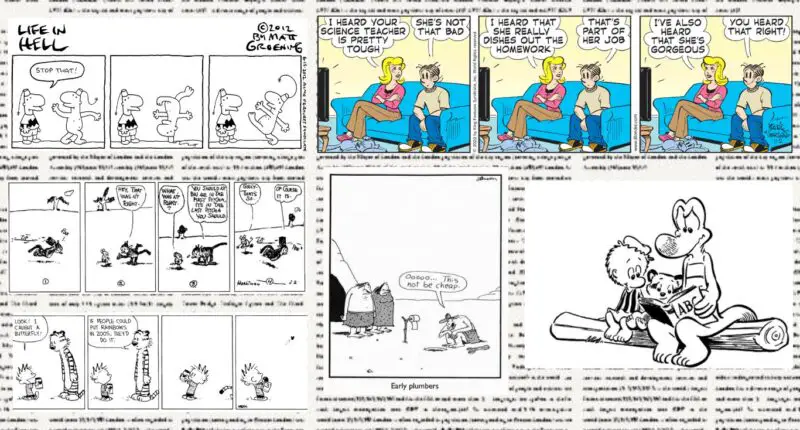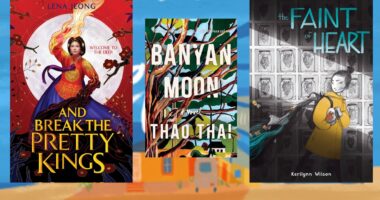10 Newspaper Comic Strips with Exceptional Art Styles: Comic strips found within the pages of newspapers have long captivated readers with their clever humor and engaging narratives. However, it is the exceptional art styles within these strips that truly deserve recognition. In this article, we embark on a journey through the world of newspaper comics, highlighting ten remarkable art styles that have left an indelible mark on the medium. From bold and expressive lines to intricate and imaginative designs, these talented artists have masterfully combined their artistic visions with storytelling, creating visual narratives that have delighted readers worldwide.
10 Newspaper Comic Strips with Exceptional Art Styles
Calvin and Hobbes

The renowned comic strip by Bill Watterson, appeared in newspapers worldwide from 1985 to 1995, reaching its peak syndication in over 2,400 newspapers. The strip, published by Universal Press Syndicate, centers around a precocious six-year-old boy, Calvin, and his anthropomorphic tiger, Hobbes, visible only through Calvin’s eyes. Watterson’s striking illustrations breathe life into the duo’s adventurous and philosophical escapades, while his incisive wit provides commentary on human nature, environmental issues, and educational systems. “Calvin and Hobbes” stands as a timeless piece of art, its influence permeating pop culture and philosophical discourse alike.
The Far Side

It is a single-panel comic strip created by Gary Larson, which ran from 1980 to 1995 in many newspapers worldwide, syndicated by Universal Press Syndicate. This comic became famous for its unconventional, often surreal humor, featuring an array of peculiar characters ranging from ordinary humans to talking cows, dinosaurs, and other quirky creatures. Larson’s distinctive drawing style and his ingenious, offbeat humor helped “The Far Side” carve out a unique space in popular culture, influencing a generation of cartoonists. The comic’s intellectual yet absurdly humorous approach made it a perennial favorite among readers of all ages.
Dilbert

The popular comic strip created by Scott Adams and first published in 1989. The strip, syndicated by United Feature Syndicate, is known for its satirical humor centered on the workplace environment, corporate culture, and technology. The main character, Dilbert, is an engineer navigating the absurdities of his office life, accompanied by his pet dog, Dogbert. Adams’ minimalist, quirky drawing style complements the dry, cynical humor that defines the strip. Dilbert’s iconic depiction of office life has not only garnered a global following but has also resonated deeply with professionals in various fields, making it a staple in numerous international newspapers.
Blondie
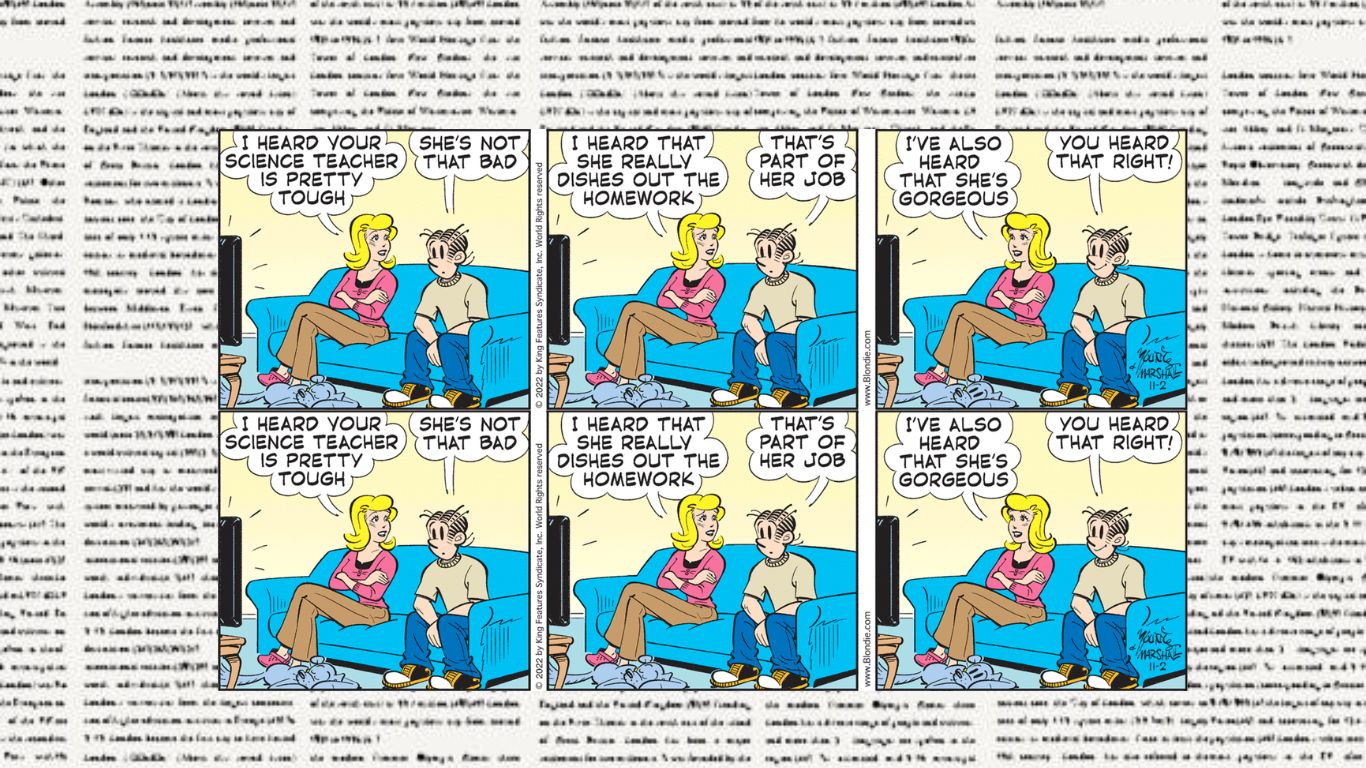
Created by Chic Young in 1930 and syndicated by King Features Syndicate. Centered on Blondie Bumstead, the smart, sensible wife of bumbling, yet lovable Dagwood Bumstead, the comic illustrates their suburban family life with humor and charm. From Dagwood’s legendary sandwiches to Blondie’s entrepreneurial ventures, the comic strip provides light-hearted, relatable comedy. Despite being nearly a century old, “Blondie” remains widely read and appreciated, appearing in more than 2,000 newspapers worldwide. Its longevity can be attributed to its timeless humor, distinctive cartoonish art style, and the way it gently satirizes the everyday challenges of middle-class life.
Krazy Kat
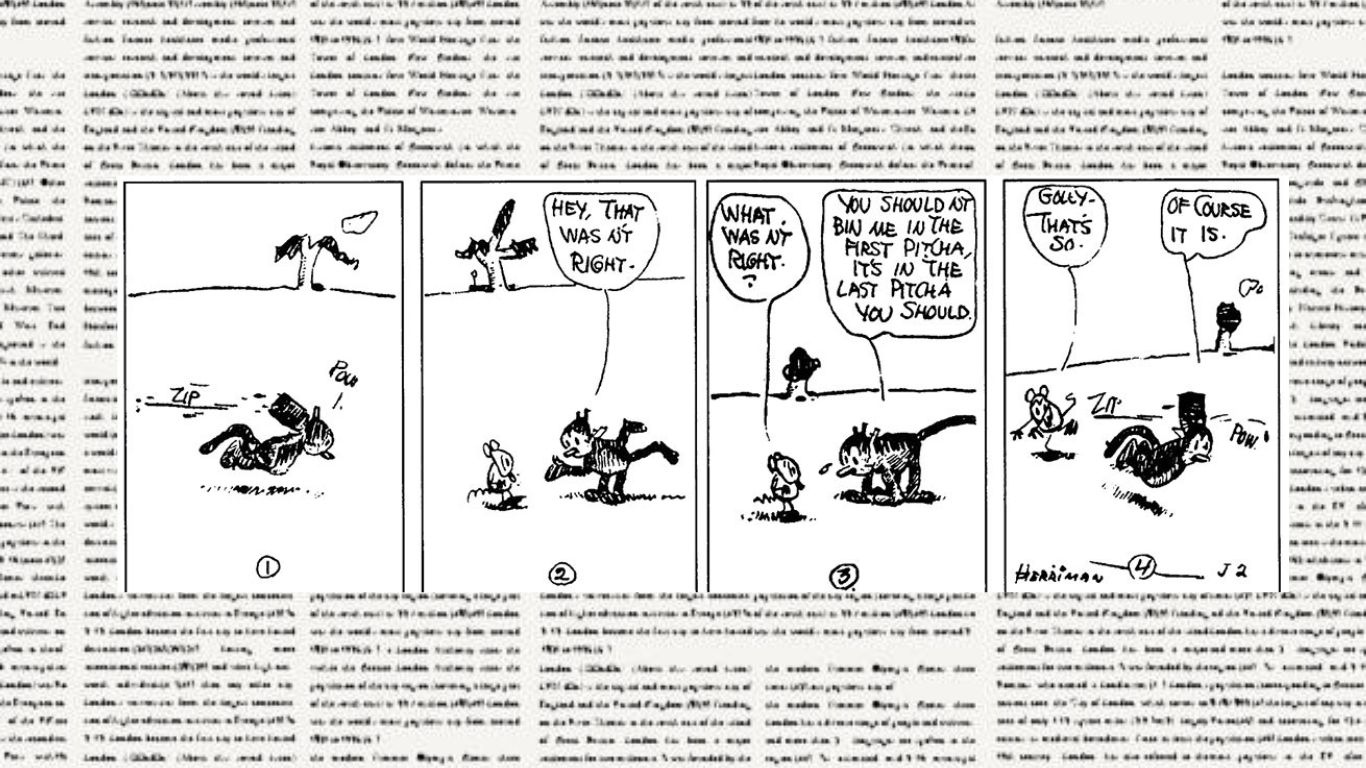
It is an iconic comic strip created by George Herriman and published by King Features Syndicate. Running from 1913 to 1944, the strip focuses on the surreal, oftentimes poetic interactions between its three main characters: Krazy Kat, Ignatz Mouse, and Offisa Pupp. “Krazy Kat” is famous for its unique art style, incorporating elements of cubism, surrealism, and the shifting Southwestern landscape. The strip’s complex character relationships and avant-garde artistic sensibility were far ahead of their time, influencing numerous cartoonists and artists. Though not a commercial hit during its initial run, the strip’s reputation has grown posthumously, and it is now regarded as a foundational work in the comic strip medium.
Prince Valiant

First published in 1937, is a historical adventure comic strip distributed by King Features Syndicate. The strip narrates the exploits of Prince Valiant, a noble knight in the days of King Arthur. Known for its detailed and evocative illustrations, “Prince Valiant” vividly brings to life the world of Arthurian legend, from its knights and castles to its varied landscapes. Foster’s mastery of visual storytelling is a key factor in the strip’s longevity. Its striking blend of historical detail and fantasy has captivated readers worldwide, making “Prince Valiant” a perennial fixture in many international newspapers.
Pogo
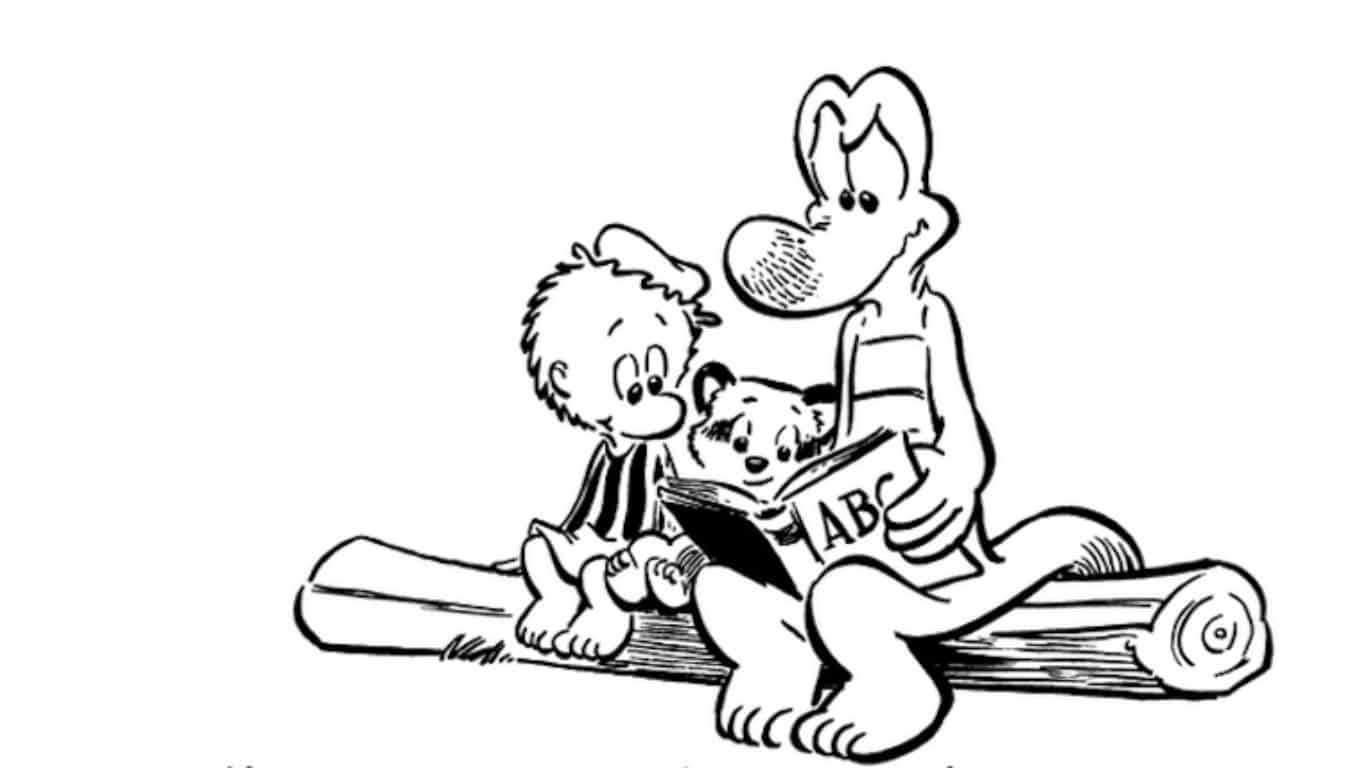
Syndicated by Post-Hall Syndicate, the strip centers on Pogo Possum and his anthropomorphic animal friends in the Okefenokee Swamp. Kelly’s artistic style is richly detailed and cartoonish, providing the perfect backdrop for the strip’s blend of humor, satire, and social commentary. Notable for its sharp wit, eloquent dialogue, and thinly-veiled political satire, “Pogo” became a critical favorite during its run. Kelly’s ability to weave complex narratives into the bucolic setting of a swamp full of charmingly quirky characters sets “Pogo” apart as a remarkable achievement in the world of comic strips.
Life in Hell

It is a comic strip created by Matt Groening, who later became famous for animated shows like “The Simpsons” and “Futurama”. The strip was first published in 1977 and syndicated until 2012. The comic presents a cynical and satirical view of life, revolving around anthropomorphic rabbits and a pair of gay lovers. The characters are drawn in a simple, stripped-down style, yet their portrayals of life’s anxieties, complexities, and absurdities are profound and relatable. Although “Life in Hell” didn’t appear in as many newspapers as some other strips, it gained a dedicated following and was a significant stepping stone in Groening’s career.
Little Nemo in Slumberland

It is a classic comic strip created by Winsor McCay and first published by the New York Herald in 1905. The strip follows the fantastical dream adventures of its main character, Nemo. Each week, readers would delve into a new dream, filled with surreal imagery, intricate detail, and groundbreaking visual techniques. McCay’s artwork was not only beautiful but also innovative for its time, playing with perspective, size, and the very layout of the comic strip panel format. Though it ran in the early 20th century, “Little Nemo in Slumberland” has had a lasting impact on the comic strip medium and is still celebrated today.
The Family Circus

Distributed by King Features Syndicate, the strip provides a humorous, wholesome, and often poignant look at suburban family life through the lens of the central characters, the Patterson family. Keane’s circular, single-panel format is unique, designed to represent a full, uninterrupted view into the family’s life. The strip’s gentle humor, heartwarming themes, and the lovingly rendered characters have made it a long-standing favorite in many American households. Even after Keane’s passing in 2011, the comic strip continues under the pen of his son, Jeff Keane.
Also Read: 10 DC Character With Most Variants
